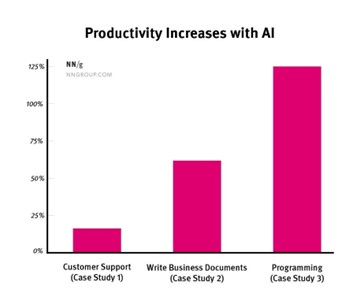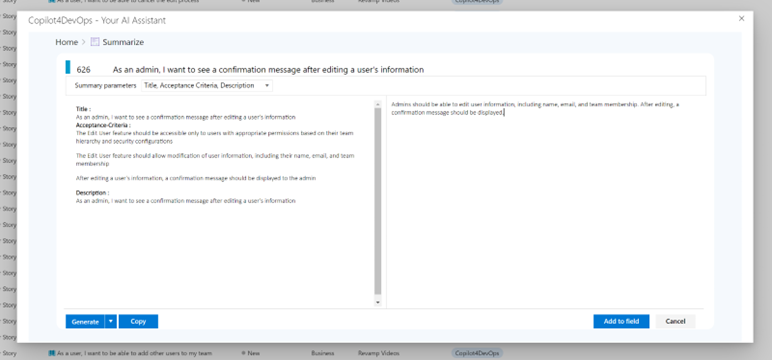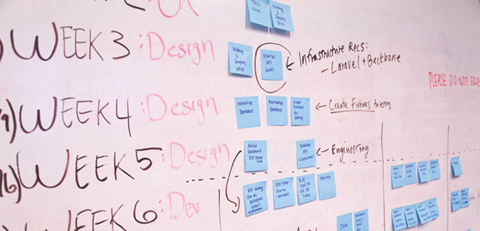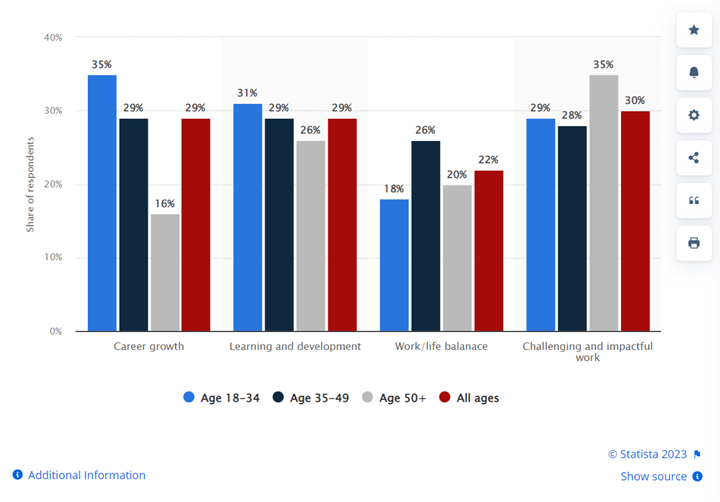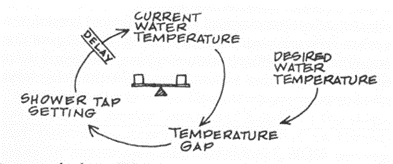Learn from the Past to Perfect Performance
To optimize performance, learn from experience. Set aside time for reflection, learning, and making the intention to perfect the way you live and work.
Hopefully, we are always reflecting and paying attention to intentions, performance, and goals. Though it is skillful to give full attention regularly and intentionally to deep introspection, both as an individual and team.
It might be during a retreat, retrospectives, or lessons learned activities, and performance reviews. It might be for an hour, a day, or longer.
As individuals, we can use meditation and contemplation techniques to cultivate self-awareness, reflect on past errors and successes, and to identify values and commit to positive action going forward. As teams, we can come together to review performance and find ways to improve – candidly and meaningfully.
Acknowledge errors, celebrate successes, and commit to skillful behavior going forward into the next cycle, phase, or project. Keep in mind that imperfections and uncertainty are facts of life. How we handle them makes all the difference.
Simple But Not Easy
So simple and logical. Reflect and learn. But we find that it is not that easy. Egos get in the way.
Egos get in the way when there is a criticism-averse mindset. Fear of being fired or disrespected and the need to be perfect lead to avoiding candid feedback from others and even from oneself. Without open self-awareness and intention to continuously improve, to optimize performance, there is a common tendency to avoid criticism, particularly negative feedback.
In a 2016 article on project performance review[1] and in my new book, The Warrior’s Path[2], I refer to warriorship and the need to confront resistance to looking at yourself and your team candidly and compassionately.
Warriors
“Warriorship here does not refer to making war on others. Aggression is the source of our problems, not the solution. Here the word “warrior” … literally means, “one who is brave.”[3]
A warrior is dedicated to a cause, a struggle. The peaceful warrior is dedicated to the cultivation of clarity and compassion, with the goal of personal wellness, group wellness, effective performance, and being of service.
It takes courage and skill to confront one’s own and one’s team process and behavior, particularly the imperfections. It takes more than a formal performance review procedure.
In one case a software development organization “lost” the video recording of a project performance review that became too “negative” with some members of the team “attacking” members of a functional group who “defended” themselves.
This is not the kind of struggle the Peaceful warrior engages in. Seeking optimal performance is not about attacking and defending. It is about bringing issues to light and discovering causes by confronting the issues collaboratively.
Doing that requires disengaging from one’s identification with one’s role to take on the role of an objective assessor.
Not Easy
Taking on the role of objective assessor of your own performance is not so easy. Aversion to negative criticism is deeply embedded in culture and psychology.
To first acknowledge and then do something about the resistance to confrontation begins with oneself as an individual. If you can’t face your own shortfalls, how can you expect others to face theirs? When you identify with your team and its performance you transfer your resistance to criticism to the team. Criticism of the team becomes personal. If you are on the attack or are defensive, you are not being objective.
But not all aversion to criticism is based on mental habits. Much of it comes from organizational cultures that seek to blame rather than understand and improve. It comes from leadership that is conflict averse, often because they don’t know how to handle conflict or have their own personal issues with criticism.
Emotional intelligence
Can you simply be present with the uncomfortable emotions you feel when confronted with your shortfalls? Being present with emotions means feeling them fully without reacting to them by trying to throw them off through ignoring, making excuses, blaming others, or disparaging yourself and your own competencies. This is emotional intelligence in action.
You and the team get nowhere without objectively addressing issues and their causes. Unmanaged emotions get in the way.
Facilitating Organizational Awareness
Facilitating the quest for optimal performance starts with self-aware individuals who can manage their emotions and who value criticism of any kind to avoid repeating unskillful behavior while promoting effective performance and healthy relationships.
Not everyone is self-aware and motivated. Embedding performance improvement in the organization or the team is enhanced by training individuals to recognize their aversion to criticism and value the opportunity to improve. At the same time, regular anonymous micro-assessments provide objective data to cut through subjective opinions.
Effective facilitation is another vital factor. The facilitator promotes objectivity and awareness of participants’ ability to give and take feedback in a positive, non-attacking and non-defensive way.
The facilitator prepares the team by promoting the understanding that:
- Negative criticism is valuable to the end of improvement
- It is normal to be averse to it
- Whether averse to it or not, it is necessary to invite, accept and thrive on criticism
- In most cases, the process and not the individual performer is at the root of errors and omissions. Take performance seriously but not personally.
- Blaming and defensiveness are emotional reactions that get in the way of cause analysis and improvement.
Advertisement
[widget id=”custom_html-68″]
Next Steps
Assess where you, your team, and your organization are when it comes to using critical analysis in performance review to improve performance.
At what level of the organization does aversion to criticism exist? Is there lip service but no follow-through? Are training and facilitation needed?
How can you best promote candid useful reviews of team and individual performance so you and your team can learn from experience?
Related articles:
https://www.pmi.org/learning/library/lessons-learned-process-thinking-review-3169
https://www.pmi.org/learning/library/managing-virtual-teams-high-performance-7310
[1] Pitagorsky, George, Project Performance Review: The Power of Recognizing What’s Going On https://www.projecttimes.com/articles/project-performance-review-the-power-of-recognizing-what-s-going-on/
[2] Pitagorsky, George, The Peaceful Warrior’s Path: Optimal Wellness through Self-Aware Living, to be available in late October 2023
[3] Trungpa, Chogyam, True Perception: The Path of Dharma Art, Shambhala, November 11, 2008, ISBN 1-59030-588-4 [3]




